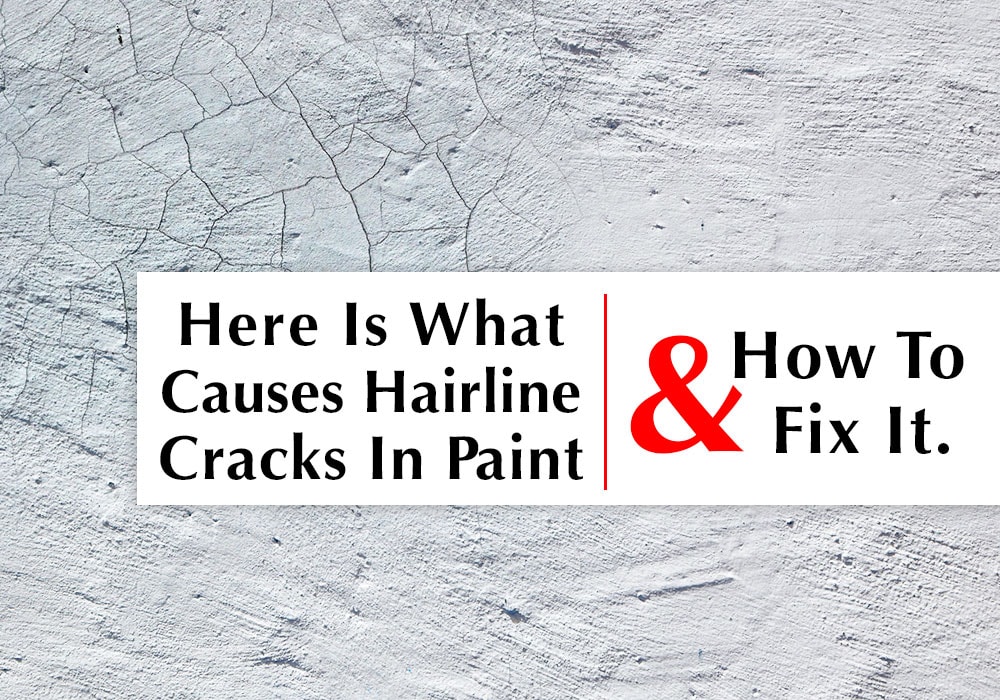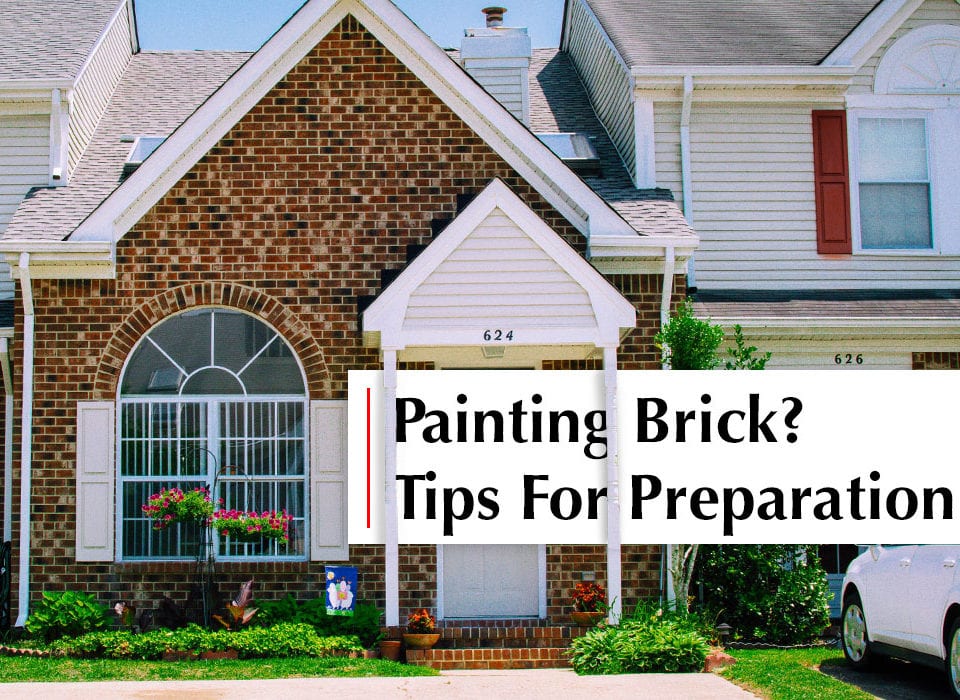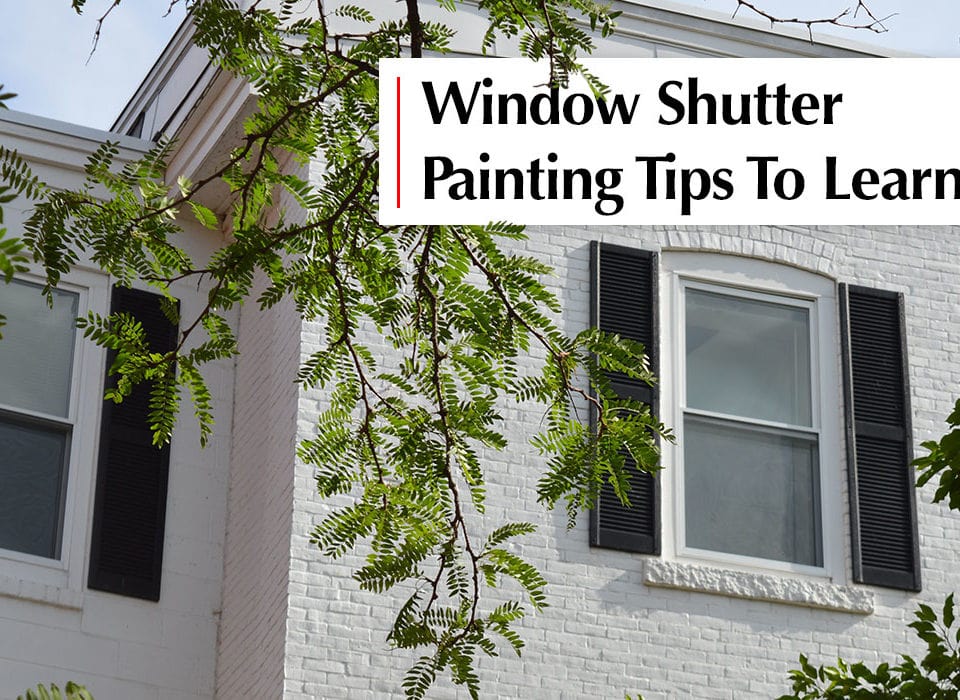Here is What Causes Hairline Cracks in Paint, and How to Fix It.

4 Tips for Staining Your Wood Fence in San Diego, California
May 10, 2019
6 Mistakes to Avoid When Choosing Your Next Painting Company
May 24, 2019Hairline cracks in paint are not typically a major issue or a sign of structural damage but could be as a result of many factors such as a warm and humid climate or an improper paint job. Sometimes fine hairline cracks can occur on paint due to an early application of paint when the curing period of the substrate has not elapsed.
Homeowners living in areas where the humidity is too high often find small fine cracks in the paint since temperature changes and constant fluctuations in humidity levels tend to affect the paint. In this article, we will look at some of the most common causes of hairline cracks in paint and how to solve this problem.
Common Causes of Hairline Cracks in Paint
As the paint on your wall dries, it shrinks and small fine cracks or splits may occur if the paint’s adhesion with the existing surface is not 100 percent effective. Poor adhesion is usually caused by improper surface preparation before painting, heat or moisture. Here are some more details of the common causes of hairline cracks on paint.
- Improper Surface Preparation Before Painting
Improper preparation of the paint surface is a common cause of hairline cracks and inter-coat peeling. Surface preparation may be time-consuming, but it enhances the overall durability of your paint job. The surface must be smooth and even as any imperfections such as holes and cracks will not let the paint adhere properly to the underlying surface. Surface preparation may vary depending on the type of surface as well as whether you are repainting or adding a fresh coat of paint. Also, exterior painting may not follow the same surface preparation procedures as interior painting. - Aging Paint
Walls with aging paint are prone to hairline cracks as the paint may lack the flexibility to expand or contract when it’s exposed to changes in humidity. Materials making up your walls such as paint and plaster often contract due to humidity and temperature changes. For example, if the wall is exposed to direct sunlight or is within an air-conditioned room, hairline cracks may appear due to the expansion and contraction. - Low-quality Paint
Use of inferior quality paint will result in poor flexibility and adhesion leading to cracks and peeling paint on your walls. Low-quality paint often doesn’t stick properly to the surface and may begin to crack or peel off within a short time after application. For instance, using paints containing calcimine or those with high solvent ratio, not a good idea. Instead, you should use paints with a lot of pigment and resin which will make the paint stick properly. Use of expired paint is also another cause of hairline cracks in paint as the paint may have developed mold and mildew over time which will ruin the paint. - Poor paint job
Painting is not an easy job and sometimes homeowners and DIY enthusiasts may be tempted to rush through it which could lead to many mistakes in the end. Some of these include not letting the cement plaster cure properly before applying paint, applying paint over another loose old coat of paint or even not allowing the previous coats to dry completely. Use of poor painting methods such as applying very thin layers of paint or not using the right brushes will make the paint not to adhere properly to the surface.
How to Fix Hairline Cracks in Paint
The first step will involve analyzing the extent of the cracks in order to identify the best way to solve the problem. Begin by removing the loose and flaking paint using a scraper or a wire brush then sand the entire area to soften out the edges. Prepare this surface just like you would normally do with a new surface that you are about to paint.
Prime the surface before applying paint to improve adhesion.
Apply a fresh coat of paint and wait for it to dry off properly before adding a new layer of paint if necessary. For deeper hairline cracks, you may want to use a filler to fill up the cracks before applying a new layer of paint in the affected area. However, if an extensive area has been affected, you will need to scrape off the paint and then sand the entire area to even out the edges before applying a fresh coat of paint.
It is advisable to hire a professional painting contractor like Peek Brothers Painting for your residential painting projects, especially when dealing with exterior painting. This will not only ensure that the job is done the right way but it will also enhance the longevity of the paint.





